- projects
- rewilding ireland
- mourne wildlands
This project aims to buy, lease or manage large areas of ecologically degraded (farm)land across Ireland (and eventually the wider European landmass) in order to restore biodiversity and bio-abundance by reinstating natural processes.
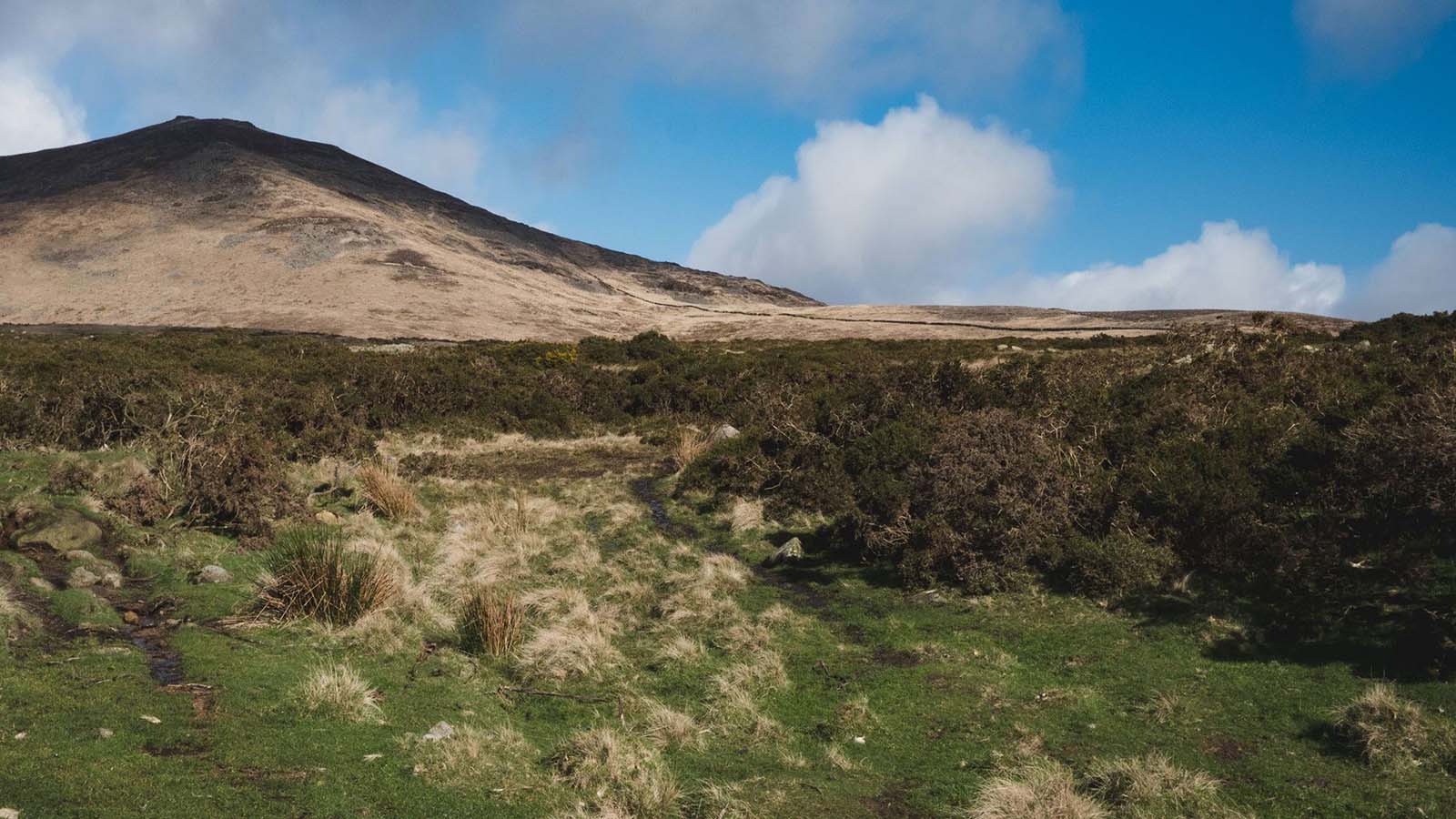
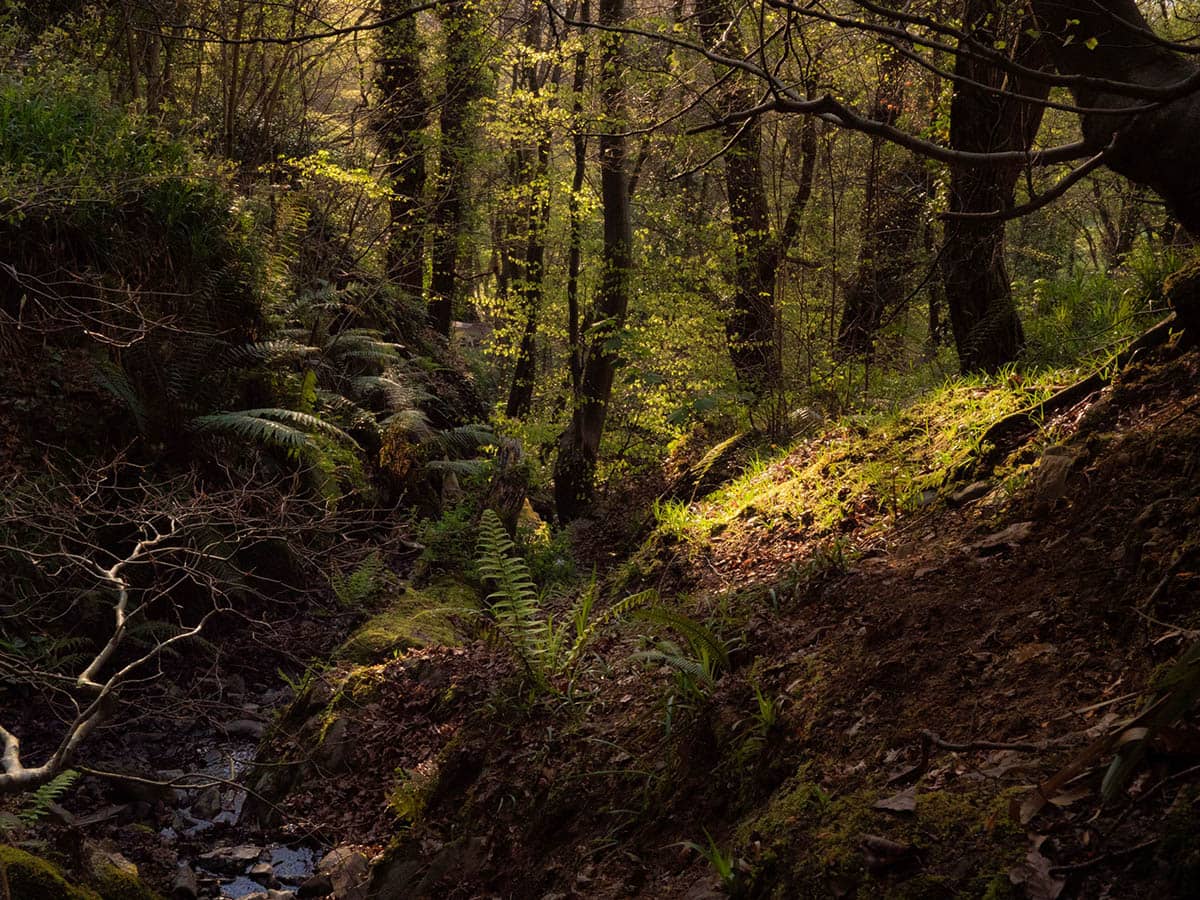
Before the introduction of intensive European style agriculture by the Normans, the native Irish were primarily herders of cattle and subsistence forest dwellers. Thus, their lifestyle was partially nomadic (Transhumance), based on large roving herds of cattle, goats and sheep, a social condition that they inherited from the Bronze Age.
It is also conceivable that, following the collapse in the population in mid-fourteenth century due to the Black Death (1347-50), there was enough cleared land available for basic crop cultivation and open grazing which rendered further forest clearance unnecessary. Existing tracts of land may have provided sufficient food reserves that in turn ensured economic stability and political control by the ruling clans. So, it suited them to retain this rustic way of life. Rather than having to give way to further agriculture intensification, the last swaths of Ireland's temperate rainforests survived due to an obsolete culture that persisted up to the early sixteenth century.
During this time, perhaps 20 per cent forest cover remained on the island or about 2-million acres.
14 May 2024
Tough job but someone has to do it
Recieve detailed updates by joining Wild Gaia
Help support us by sharing the project
Make a direct contribution to the project
Rewilding is a somewhat radical approach to conservation, which aims to restore natural ecosystem processes by giving nature space to grow and function. It sometimes also involves the reintroduction of key native species which plays a big role in the functioning of the ecosystem, such as large herbivores and carnivores.
This ‘rewilding’ of depleted intensively managed agricultural land will lead to carbon sequestration, water purification, restoration of soil function and health; as well as potentially reducing flooding and fighting air pollution.
Following lessons learnt from other rewilding projects across Europe, we will stagger the transition from intensive farming over two to three years, gradually removing fields from dairying/intense grazing/intensive cereal production.
Initially, the hedgerows and farm edges (and any small species-rich biodiversity hotspots) will slowly expand out to colonise the depleted (formerly) intensively managed fields. Nature will slowly recolonise while it adapts to the variable soil types, management history and in doing so recover the biodiversity and bio-abundance currently lacking in the wilder landscape.
After finding and purchasing (or leasing) a large tract of land/farm in Ireland the first task would be to conduct a detailed biological survey of the site to provide a baseline from which to monitor any future changes. All groups of taxa will be surveyed and detailed aerial and fixed-point photographs taken.
Once the complexities of the site: ecologically, hydrologically, and topographically having been thoroughly investigated; research partnerships with the local university will be entered into. We will also baseline the site for greenhouse gas emissions from the soils and existing biodiversity hotspots. In addition, we will look at how the water functions across the site.
Based on the outcomes of our monitoring and surveys we will then plan interventions, where we can manage any water on the site using natural processes and build habitat diversity to prevent and reverse any emissions from the degrading soils.
Once natural vegetation has a chance to re-establish (primarily through natural colonisation) free-roaming herbivores (i.e., rare breed cattle, ponies, deer and pigs) will be introduced to kickstart dynamic natural processes and drive ecosystem recovery. The natural hydrology on the site will also be restored to further stimulate a dynamic, functioning ecosystem.
This will also involve building an innovative business model for rewilding, selling ecosystem services, establishing a rewilding community (including our members) and encourage nature to thrive.
We will thus deliver ongoing management through the sale of key ecosystem services: clean water, biodiversity restoration, and soil/peat/habitat carbon credits.
We at Wild Gaia will ecologically improve the sites important natural assets and hope to collaborate with neighbours and local partners through joining a wider funding application. Funded using any/all natural capital mechanisms available, we will aim to take the resulting natural capital to market and boost the local rural economy.
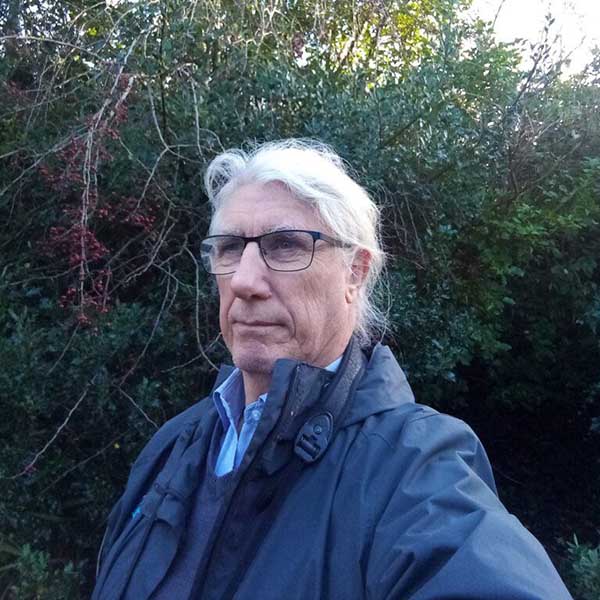
brian sutton
Senior Ecologist
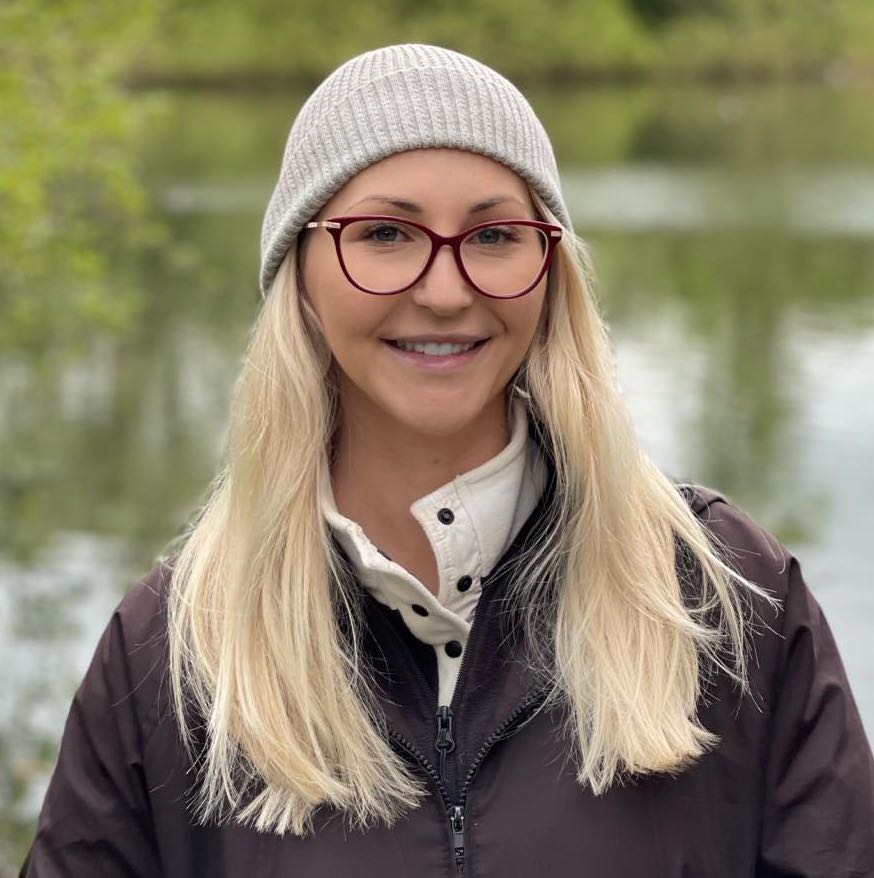
catriona porter
Ecologist
Cliodhna Loughran
Research
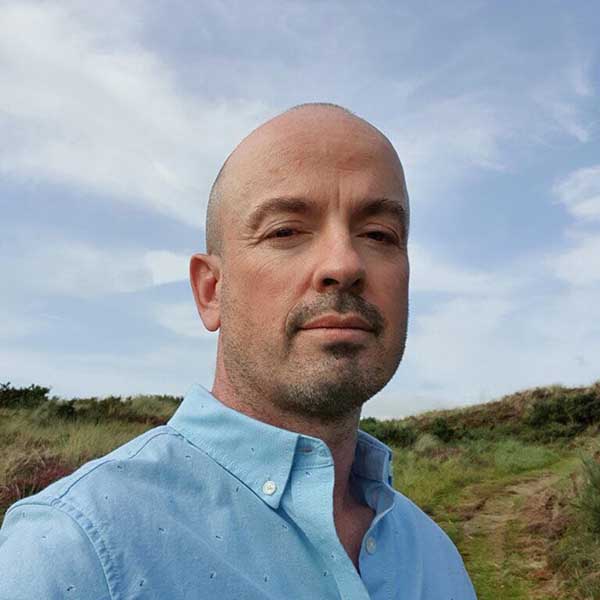
cormac loughran
Founder
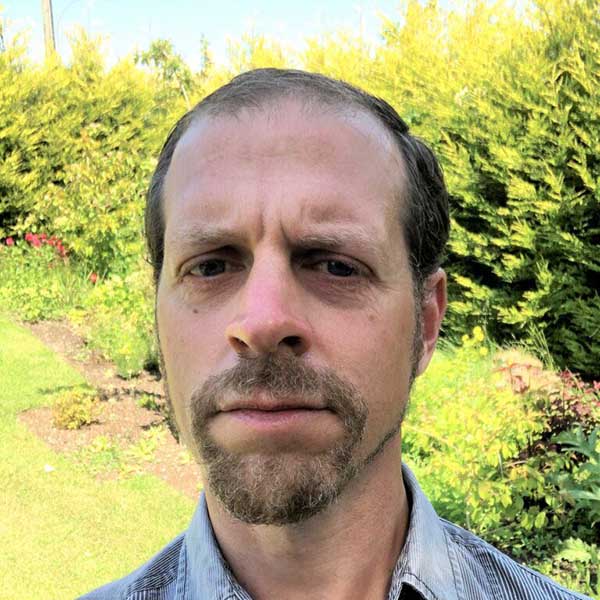
karl hamilton
Raptor Ecologist
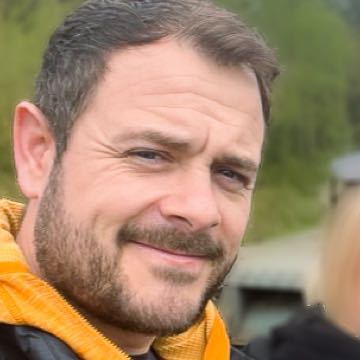
philip leathem
Photographer / Videographer
Saving Eden; The Gearagh and Irish Nature (Kevin Corcoran, 2021) The Gearagh Press
In Saving Eden, Kevin Corcoran tells the fascinating story of Ireland’s vanquished temperate rainforests and exposes the disturbing truth about our efforts to protect nature and the environment in the twenty-first century.
Join us and become part of a community committed to restoring Ireland’s natural beauty: